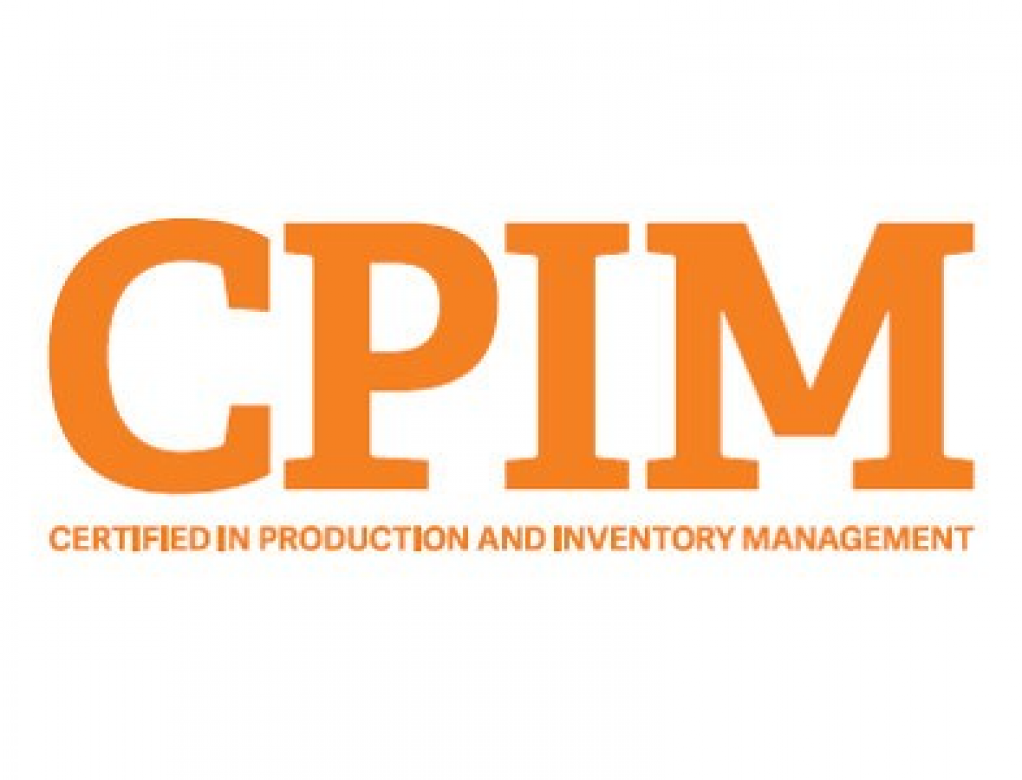
Certified In Planning And Inventory Management (CPIM) part 1
Course Description
The Certified in Planning and Inventory Management (CPIM) program is recognized worldwide as the standard in production and inventory control. Through the CPIM preparation and exam process, you will gain knowledge, learn skills and best practices required to execute and improve all of the internal operations within the four walls of your company.
This intensive program reflects the new CPIM exam structure and combines expert instruction with the CPIM Learning System, so you will learn faster, retain more knowledge and stay on track for success on
the exam.
Why Should I Earn the CPIM?
-
Attending our course is the most effective way to prepare to pass the CPIM Part 1 and Part 2 exams;
- Learn from a certified instructor who provides expertise, insights and one-on-one guidance;
- Network, share experiences, and discuss topics with a diverse group of operations professionals;
- Stay on track to earn your certification with a structured learning experience and support;
- Take advantage of funding options, such as corporate tuition reimbursement.
After earning your CPIM you will be able to:
- Increase inventory accuracy and reduce inventory;
- Improve forecasting;
- Improve the S&OP process;
- Manage and apply capacity resource planning;
- Work more productively with your company’s;
- ERP system.
The CPIM course is divided into modules spread across two parts.
The CPIM Part 1 consists of six modules:
-
1. Supply Chain Overview
2. Fundamentals of Demand Management
3. Plan Supply
4. Executing the Supply Plan
5. Inventory Management
6. Continuous Improvement & Quality Management & Technologies
1. Supply Chain Overview;
2. Fundamentals of Demand Management;
3. Plan Supply;
4. Executing the Supply Plan;
5. Inventory Management;
6. Continuous Improvement & Quality Management & Technologies.

